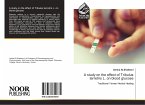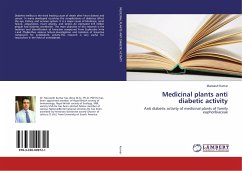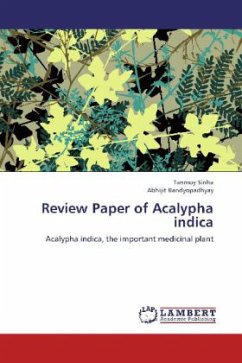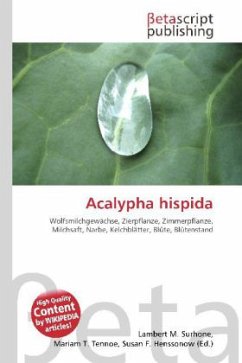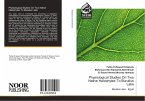Hundreds of plants are known to be useful in treating diabetes in different corners of the world. These species may represent a source of new hypoglycemic compounds for developing better remedies to treat diabetic patients without serious side effects. It is well established that diabetes is associated with low level of antioxidants and many plants show hypoglycemic property due to their antioxidant potential. In Yemen Acalypha fruticosa is used by traditional healers for the treatment of malaria as well as other diseases such as Anti-inflammatory, anti-malarial, antibacterial, Skin diseases, and for healing wounds. This study was undertaken to evaluate the hypoglycemic effect of Acalypha fruticosa. Many traditional plant treatments for diabetes mellitus are used throughout management of diabetes without any side effect is still a challenge to the medical system, this has led to an increasing demand for natural product with anti-diabetic activity and fewer side effect. It was found that many herbs and plant product have been shown to have hypoglycemic action.

